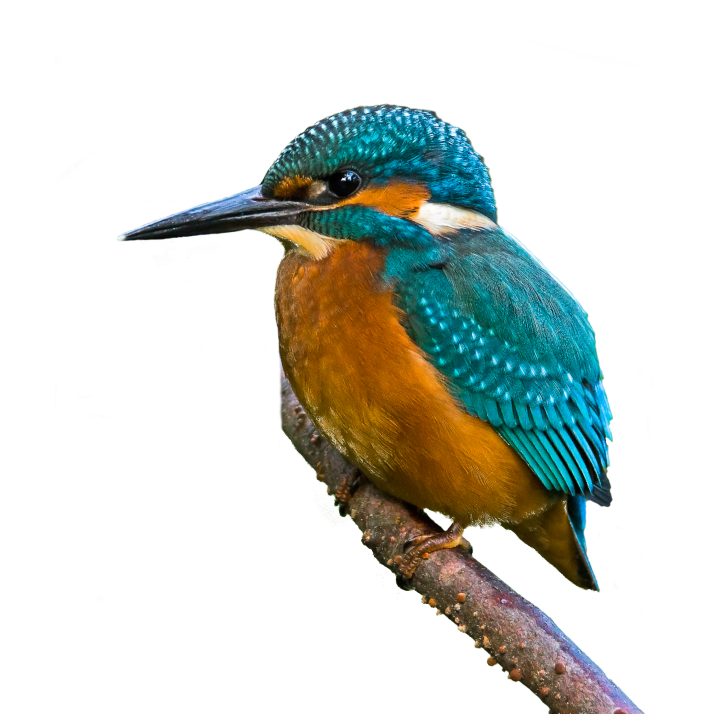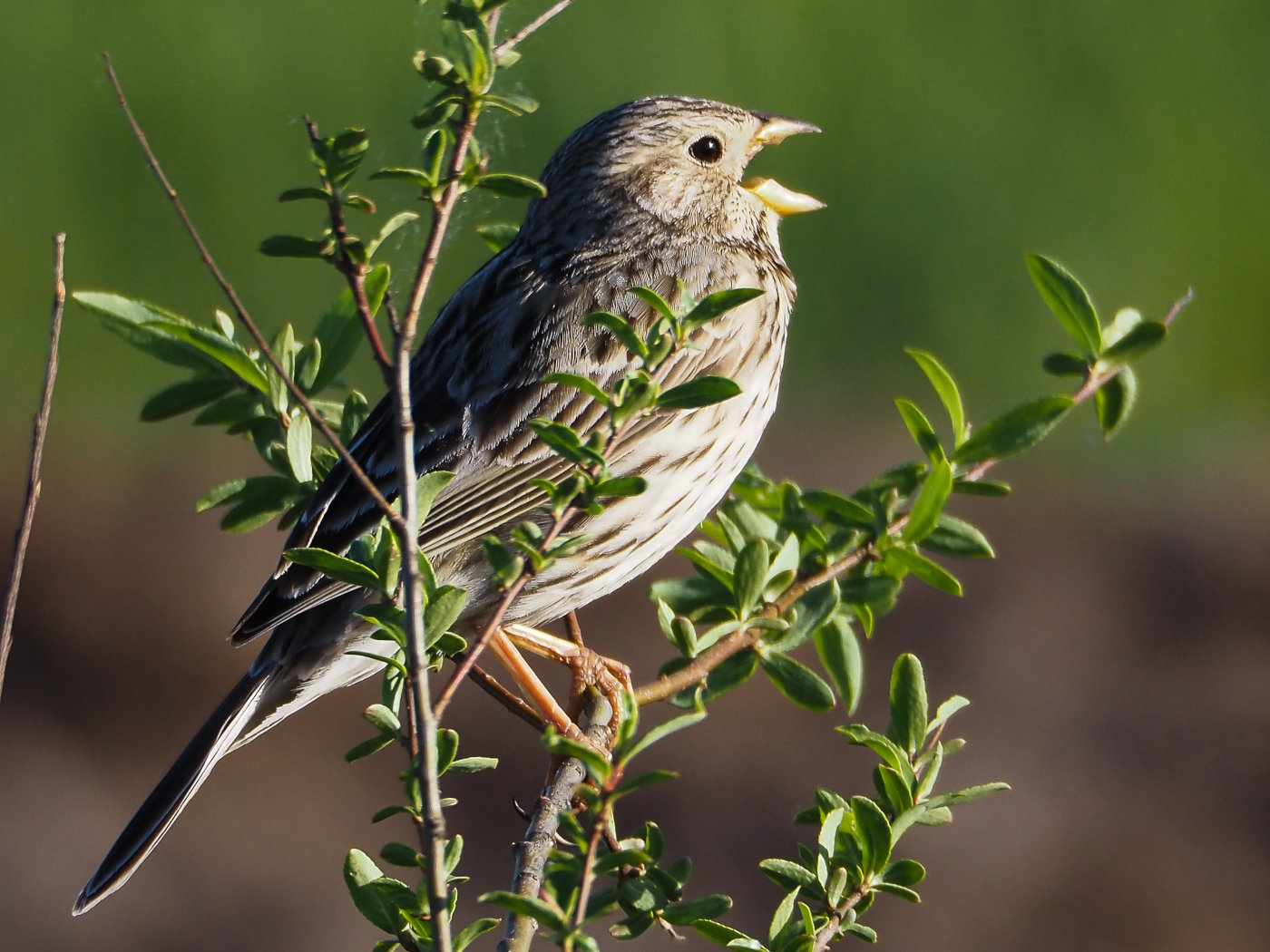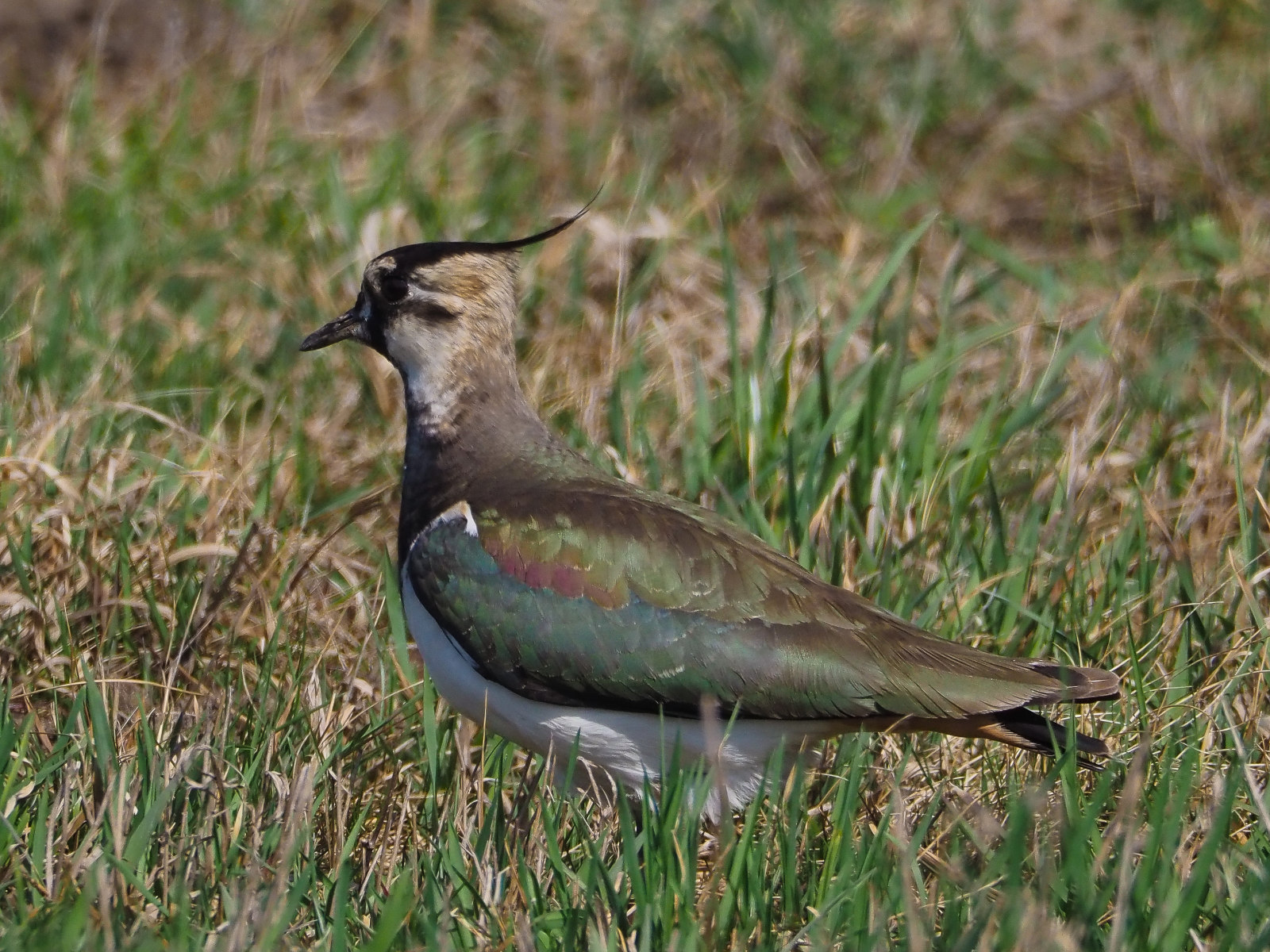Academy of Nature in Roztocze

A passion for birdwatching combined with an excellent knowledge of the terrain ensures an exciting experience every morning. Active rest in the fresh air in a group of several people is an opportunity to establish mutual relations and get to know the unique nature of Roztocze.
RegisterEnjoy bird watching with the Academy of Nature in Roztocze
Bird watching in the morning is a real emotion and positive energy for the whole day. Birdwatching combined with cycling gives wings to the mind and body. This elite hobby is achievable for all of us.
Upcoming expeditions
We offer trips Bird & Bike and Bird & Car, which provide observations of the most interesting species of birds living in Roztocze. The offer is constantly modified and takes into account changes in the number of individual bird species related to their biology and current environmental conditions.

Birds' Morning in the Meadow 23.04

Bird spring in Roztocze 28.04

Birds' Morning in the Meadow 29.04

Birds' Morning in the Meadow 30.04

Bird spring in Roztocze 01.05

Bird spring in Roztocze 02.05
News from Roztocze
Bird spring in Roztocze
The approaching bird spring can first be heard and then seen. The sky is full of cranes returning to their breeding grounds from southern and western Europe. Greylag and other geese fly in flights and periodically stop in fields and near water reservoirs to gain strength before continuing their migration north. Larks sing high in the sky. Single lapwings can be seen in the fields, although their numbers are decreasing every year. Some starlings - so beautifully feathered - can be seen in the fields. Yellowhammer are already announcing their presence in meadows and fields. Hidden Mistle Trush now appear in fields and parks. The blackbirds that stayed with us for the winter already make noise early in the morning and at dusk. Tits and nuthatches call loudly in parks and gardens. Woodpeckers knock on older or dead trees. The finches that stayed with us for the winter are now starting to speak shyly. Ravens fly in pairs across the fields. They are among the first birds to build nests now. White-tailed eagles - the largest birds of prey found in Roztocze - are also active. Tawny owls call in the evenings near houses and on the edges of forests. In March, white storks will arrive and it is their sight that makes us most happy. Later, we will be joined by, among others, swallows, wrynecks, marsh harriers, lesser spotted eagles, red backed shrikes, scarlet rosefinches, etc. The last to arrive in May are the bee-eaters (only for about 3 months) to dig holes, lay eggs and bring out the next generation of colorful birds. Moreover, while observing birds in early spring, we can still see winter guests from the north in Roztocze, such as: Rough-legged Buzzard, Waxwing or Redpoll. For bird watchers, the most beautiful time of the year for meeting birds begins. Roztocze provides the most bird attractions, especially in spring, because the eastern bird migration route runs through this region. Book your dates for birdwatching - our calendar of field and bicycle trips is ready.
Crane migration (Grus grus)
Cranes (Grus grus) are migratory birds that form pairs for life. They come to us in spring to their breeding grounds. They build their nests in wetlands, among reeds and sedges, most often in alder forests. They usually have one or two young. In autumn, entire families of cranes gather into huge flocks and begin to migrate to wintering grounds. These spectacular cranes can be clearly heard in the sky from mid-September, October and even until mid-November. They are accompanied by a characteristic sound called a clangor. Sometimes, among the flying flights of cranes, you can hear the voices of young birds, which can be compared to single whistles (audible in the video). Cranes fly to Western and Southern Europe, and some to North Africa. In recent years, cases of wintering of cranes in Poland have been observed, which is probably related to the increasingly mild winters. Cranes migrate through Poland along two main routes: one north-central, with approximately 400,000 cranes flying, and the other east-south, with approximately 150,000 cranes flying. The second trail runs through Roztocze, so we can enjoy these extraordinary natural spectacles every autumn.
Whinchat (Saxicola rubetra)
The Whinchat is a migratory bird found in damp meadows or fields of Roztocze. It arrives in late April or early May and departs in September. He spends the winter in tropical Africa. The male Whinchat in breeding plumage has an orange breast and throat, dark brown head and ear coverts, and a broad white eyebrow and narrow white mustache. Distinguishing are the white elements on the dark wings and the white base of the rectrices. However, in the resting robe, its plumage is less contrasting - as in the picture. But always, both the male and the female have a distinct, broad, pale eyebrow. The Whinchat is most often observed when it sits on top of a low bush in the field, from which it observes the surroundings. Her song is short, grating, and not very melodious. The nest is built on the ground in a hole that is well hidden under a clump of grass. The female lays 5-6 eggs in the second half of May and incubates them herself for 12-14 days. The young leave the nest after 13 days. Parents take care of the offspring for the next 2-3 weeks. The Whinchat feeds on insects, spiders and earthworms. It finds food both in the air and among plants and on the ground. The Whinchat is often confused with the Stonechat, as both species are found in similar habitats (the Stonechat does not have distinct creamy eyebrows). Observation of the Whinchat during field trips is an attraction for tourists in Roztocze.
Hause Martin (Delichon urbicum) builds a nest
One of the three Swallows that comes to Poland is House Martin (Delichon urbicum). It builds its nests outside buildings, mainly near windows. House Martin spends many hours in flight, hovering quite high. It breeds from one to three broods a year. The birds stay in the nest until the end of September at the latest, and then they fly away to the wintering grounds. The House Martin walks clumsily on the ground, mainly to collect mud for building a nest. Building its nest of mud and dry twigs on the walls of buildings, maneuvering its body like an agile acrobat. It also helps itself with its tail and sharp claws. It happens, unfortunately, that building owners drop almost ready nests, and sometimes, even worse, with young swallows or eggs. We appeal to: building administrators, owners of houses and apartments - do not remove martin nests! this is prohibited by law. House Martins are very necessary because they feed on flies, mosquitoes and other hostile insects. Once the house martin has built a nest, it cannot be removed. You can only protect this place from dirt by installing a shelf under the nest that collects droppings. It is always worth having a martin in your neighborhood, because it eats insects, especially those annoying to humans and animals. If we do not allow Swallows to breed, insects will become a nuisance and unpleasant for us. We are not alone, there are birds among us, which are our allies in the fight against hostile insects. Let them live and raise their young - then we will live better.





